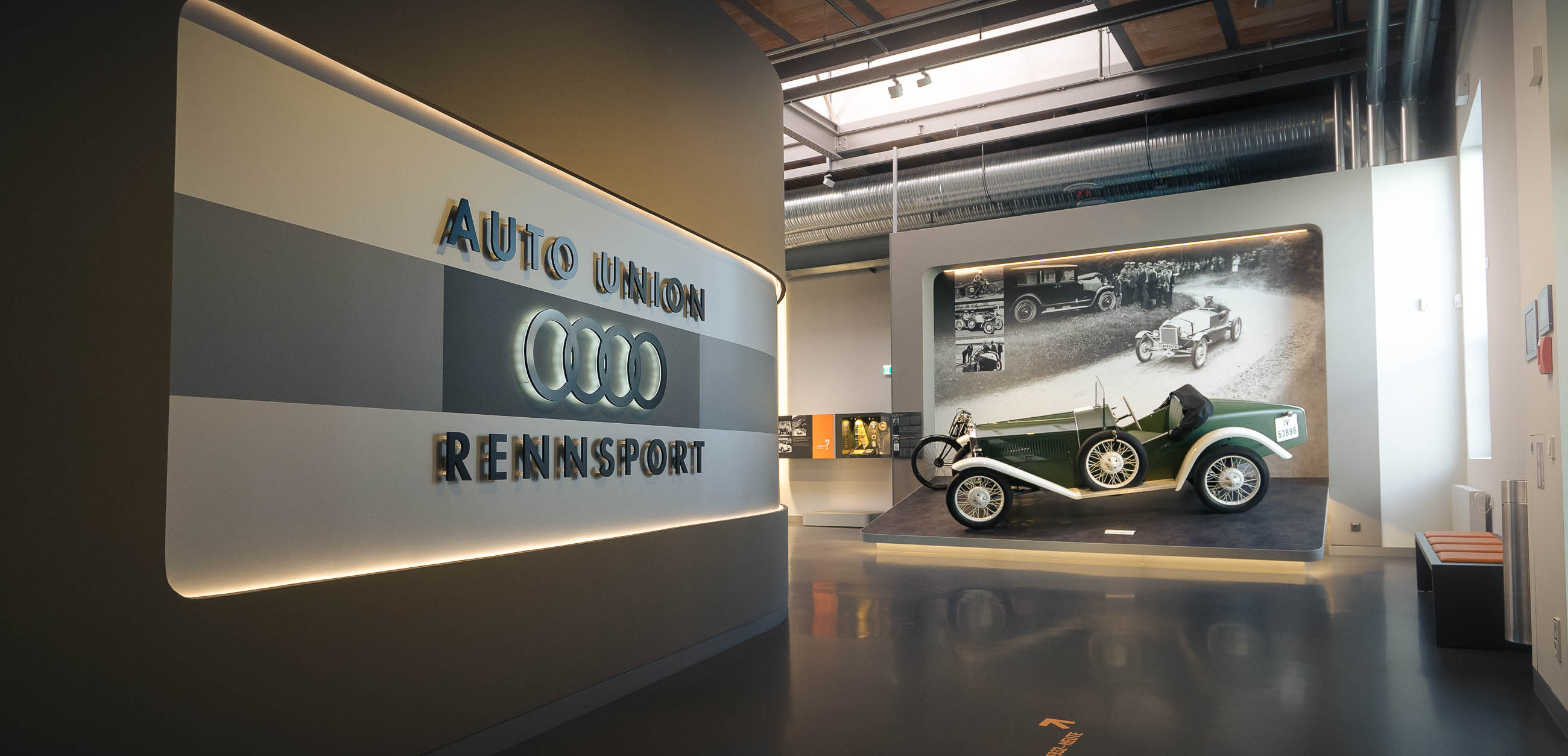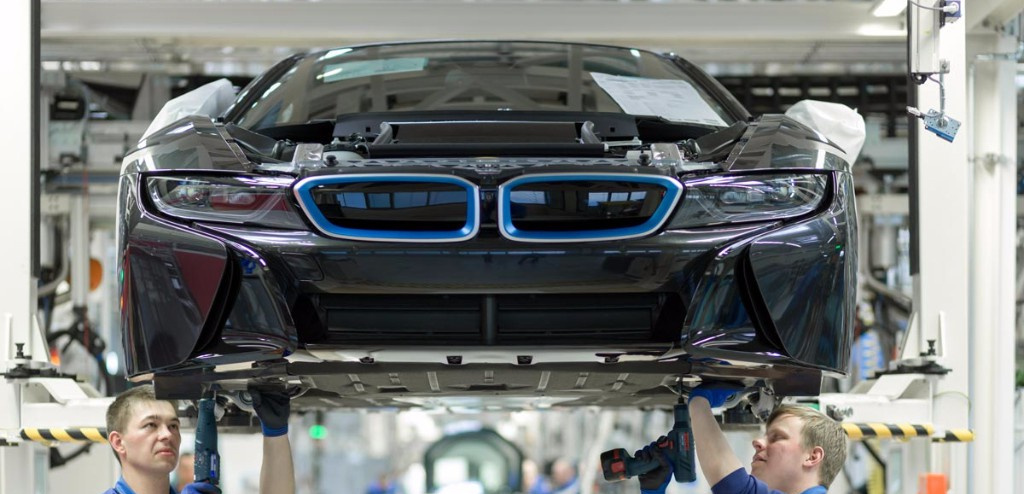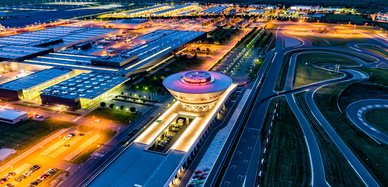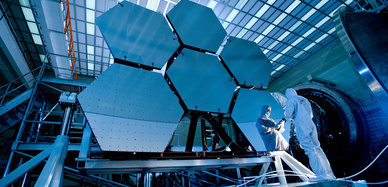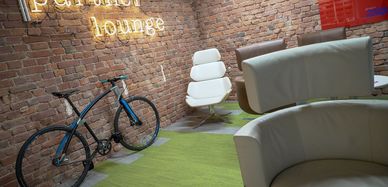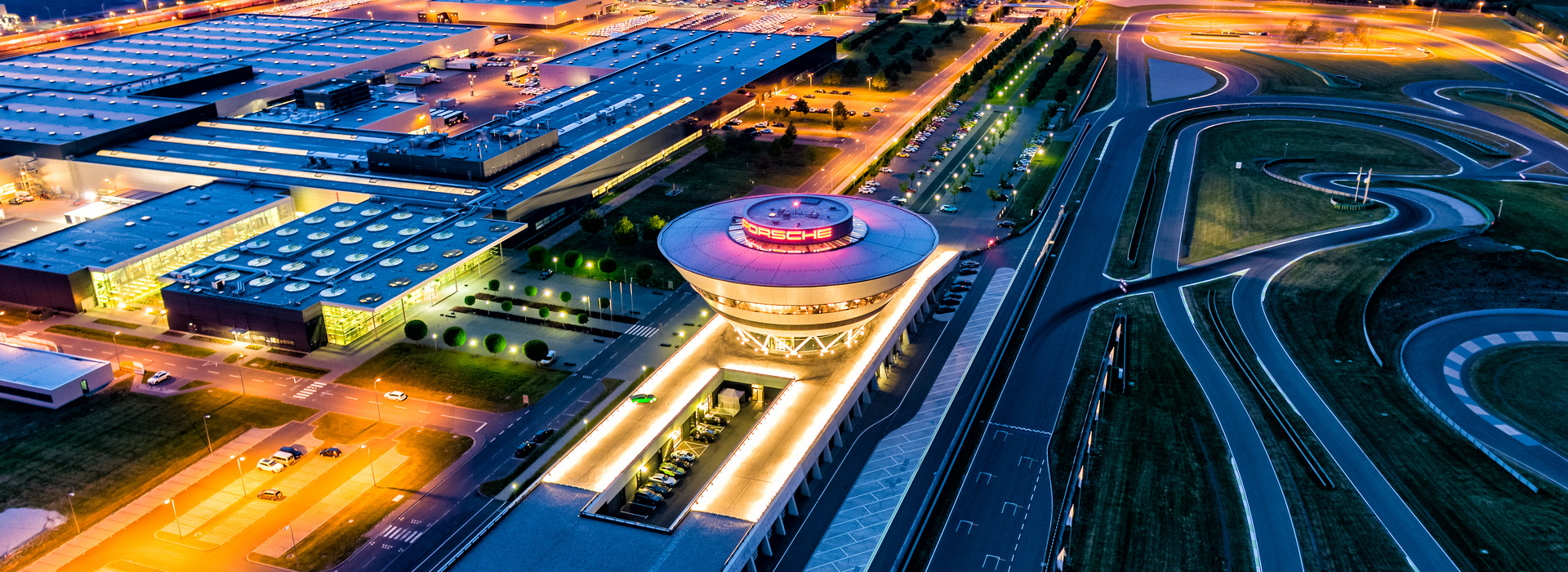
Saxony, an automotive heartland – Mobility of the future
The triumph of the automobile started more than 100 years ago. Saxony played an important role in this. Even today, we continue to set standards in the "Autoland Saxony". Whether alternative drives or completely new traffic concepts - numerous employees are working on the mobility of the future.
August Horch founded Audi Automobile GmbH Zwickau in April 1910, thereby laying the foundations of a world famous brand. While the rebranded Audi moved its headquarters to Ingolstadt in 1949, Saxony’s automotive industry remained a key part of the economy. Today, Porsche and BMW also operate in Saxony, alongside Audi’s parent company Volkswagen. Their main bases are in Chemnitz, Dresden, Leipzig and Zwickau, and have attracted some 780 suppliers to establish themselves in the region too.
It was in Saxony that innovations like the front-wheel drive and left-hand drive first emerged. These days, the automotive industry’s 95,000+ employees are working on the future of mobility, ranging from alternative drives, to driverless cars, to completely new transportation concepts. Business and science work together here; the Gläserne Manufaktur in Dresden, for example, contains an incubator programme for startups. And the place where the automotive success story first began today continues to set standards, with an automotive electronics centre having been established at the Zwickau University of Applied Sciences (WHZ). It is unparalleled in Germany’s university landscape, but indispensable for automotive manufacturers. Because while everyone is talking about driverless cars, intercommunicating vehicles or ‘onboard WiFi’, the electromagnetic compatibility (EMC) of modern vehicles can be studied at the WHZ’s laboratory in Zwickau.
Electric and hybrid – Saxony in the leaders’ pack
Beyond all the theory, Saxony also acts as a pioneer in practice when it comes to the mobility of the future. The demand for electric cars is seeing the list of models made here grow longer, and the number of cars rolling off the production line similarly increase. Three German car manufacturers in the form of BMW, Porsche and Volkswagen have chosen Saxony as their base for producing electric and hybrid vehicles.
While BMW makes its i3 and i8 models in Leipzig, Porsche manufactures its two hybrid models, the Macan and Panamera, there. The second – fully electric – generation of the Macan is also set to be made in Leipzig in future.
Volkswagen is already placing great emphasis on electromobility at both its production facilities. Its Zwickau factory produced the company’s first fully electric car, the VW ID.3, while the e-Golf is being manually assembled in Dresden until autumn 2020. In future, however, ID models will also be produced here.

